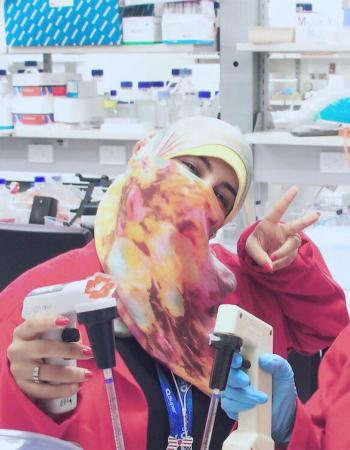Differentiating Breast Tissue Stiffness With Magnetic Resonance Elastography (MRE): A Focus on Fibroglandular and Fatty Tissues
ABSTRACT
Breast density is a recognized risk factor for breast cancer and can affect the sensitivity of mammography. Consequently, magnetic resonance imaging (MRI) is recommended as a screening modality for women with increased breast density. However, mammography remains the primary method for assessing a woman's breast density classification. magnetic resonance elastography (MRE) is a new technique to evaluate tissue stiffness characteristics. This study aims to evaluate the ability of MRE to distinguish between fibroglandular and fatty tissues in normal women with different breast densities, potentially aiding in the classification of breast density using MRI. Forty-three women aged 40–79 years with normal screening mammograms were included in this prospective study. MRE was performed using a 1.5-T MRI scanner, and an in-house passive driver was used to obtain an MRE-capable gradient echo (GRE) sequence, which was integrated into a noncontrast-enhanced breast MRI protocol. MRE images were analyzed to measure stiffness values for fibroglandular and fatty tissue based on regions of interest (ROIs) in both breasts. Differences in mean stiffness between tissue types were assessed; a p-value < 0.05 was considered significant. Fibroglandular tissue exhibited significantly higher stiffness than fatty tissue in both breasts (right breast: 1.55 ± 0.31 kPa vs. 0.82 ± 0.13 kPa, p < 0.001; left breast: 1.46 ± 0.23 kPa vs. 0.81 ± 0.11 kPa, p < 0.001). Comparison between dense and nondense groups on mammograms revealed no significant difference in stiffness for the same tissue types in both breasts. MRE can potentially differentiate between fibroglandular and fatty breast tissues based on shear stiffness, independent of mammographic density. Future research with larger cohorts, including cancer cases, is needed to further establish MRE's role in breast cancer screening.

ABSTRACT

Prompt engineering has rapidly emerged as a critical skill for effective interaction with large language models (LLMs). However, the cognitive and neural underpinnings of this expertise remain…


